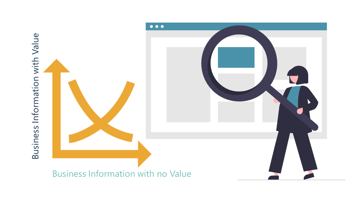
Software





Resources

Company

Contact Us
Features

Records Management
KORTO is your friendly anchor and aid during the entire records lifecycle.

Security
KORTO is fully compliant both with EU (elDAS) and US (ESIGN, UETA) regulations.

Compliance
KORTO helps you to achieve compliance in a seamless, unintrusive, and enjoyable way.

Intelligence
KORTO is the synergy of the manual work of records classification with Al-powered context understanding.





